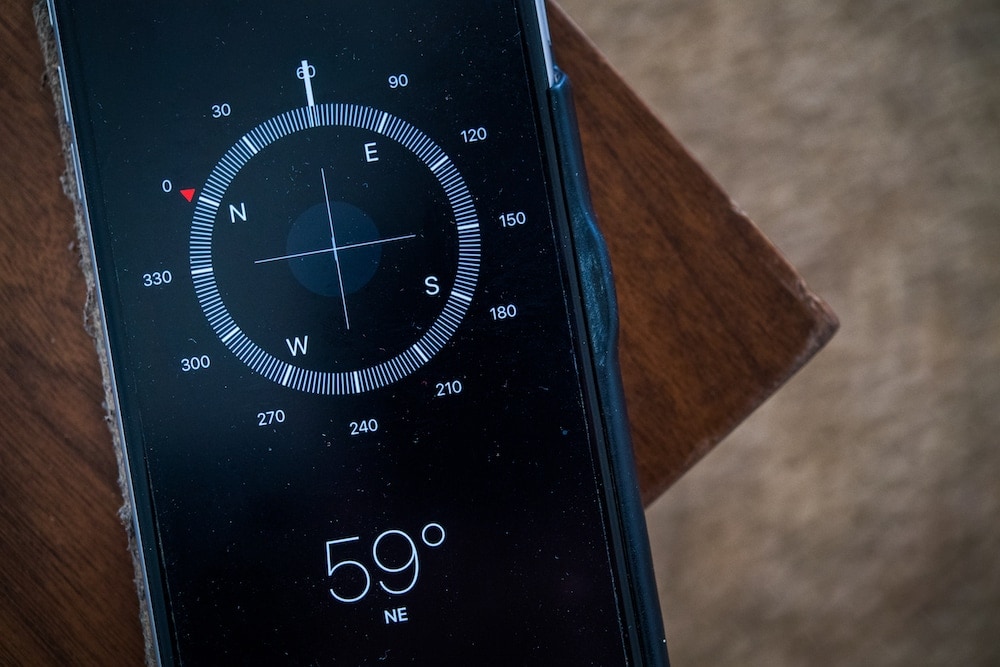You may think you know how to format cells, but until you master this goldmine of a shortcut, you’ll forever be limited.
In this video I will teach you the best (and most comprehensive) way to format cells.
Download FREE Hands-On Exercises
Full Video Transcript:
Some people are extremely particular about the way their spreadsheets look. Clearly, I’m one of them, and in this video, I’m going to teach you how to be very precise and comprehensive with your formatting, which is great for presenting to your boss, investors, or that guy across the hall you’re trying to impress.
Sure, you can use the “Home” tab on the ribbon for many of the most common formatting options, but if you really want to start to get things to the next level and be really precise and comprehensive with all your formatting options, the one place to go is Format Cells, and the way to get there is with CTRL + 1 on the PC or COMMAND + 1 on the Mac.
This is one of those shortcuts that will open up an entire world of different options for you. So, we’re going to explore in-depth, but really, the only main shortcut is the Format Cells for CTRL + 1. The way to remember this is, the one formatting shortcut to control them all, all right? Think of The Lord of the Rings when you think about this.
So once you have this window here, CTRL + 1, there’s a lot of different tabs up top, and you want to be able to navigate quickly between the different sections. The way to navigate is to go CTRL + PGDN to move to the tab on the right, CTRL + PGUP to go to the tab on the left. If you hit TAB, you’re going to move to the next section or area on this popup. TAB again, TAB again. If you want to go in the reverse direction, you’ll do SHIFT + TAB. And again, this is true for any popup that comes up on your screen on your computer, which is really cool.
Another way to navigate is to go ahead and hit the Spacebar when you’re on a check mark. You can check it by hitting SPACE, and you can uncheck it by hitting SPACE again. Alternatively, you can also do things like hit ENTER to hit the OK button or basically make it save and take effect, or hit ESC to cancel out and essentially close the window without saving your changes.
You can also do things like use the ALT and then the letter to actually activate that specific area. So, ALT + W, in this case, will get me to Wrap Text. ALT + W again will undo it. If I want to move to this box here, ALT + H. You can do a lot of these types of things, just pay attention. This is for the PC. The ALT key is a nice accelerator option.
The memory tricks for this are to control your pages or they won’t pay their tab. Think of pages as little rambunctious, obnoxious kids. They’re running around in the restaurant and not paying their bill, so control your pages, or they won’t pay their tab. That’s how you remember that piece. If you want space for dessert, nope. Check, please. The space, dessert, you know, check, it’s all related. In my mind, it was. Hopefully, that helps you.
Fortunately, on the Mac, it is actually very much the same kind of thing with very little, minute differences. It’s the same concept. CTRL + FN + DOWN, which is the same as PGDN. So again, it’s pretty much the same thing as we’ve done on the PC.
There are three main tabs on this window that are important, so that we’re going to cover. There’s the “Number,” “Alignment,” and “Border,” and let’s go through each one.
On the “Number” tab, you have a lot of different types of data, different categories for what the data could actually be. So, you’ll start by selecting that on the side, and then you get a whole host of options. Again, explore each of these on your own time, and really get a flavor of it, but things like General, Number, Currency, Accounting, these are all very, very important, and if you get really fancy, you can do all sorts of custom stuff, but most people don’t ever have to do that. So, don’t sweat it.
Let’s go to the “Alignment” tab and see that there’s a lot you can do here. You can orient your text. You can do things like “Wrap Text” or “Shrink to Fit.” You can even do some merging across, we’ll talk about that a little bit later. And so, that’s a great way to take full advantage of how your text, or your numbers, or whatever your data is, is aligned exactly the way you want to.
Finally, there’s the “Border” tab here, which is kind of incredible because it lets you choose, first, your style, what kind of paintbrush are you going to use, essentially. Well, I want this solid line or this thicker line, this thicker brush, for example. You can then choose the color. Most people keep it Automatic, but you can actually choose a different color here, and then, you use this area here as a canvas, and you will paint the borders onto this.
You can use these things on the side to actually be very specific and targeted about it, or you can do it with the mouse on that section itself, which is another approach. You can do None to erase it all quickly, you can do Outline, whole lot of things you can do, again, explore this, get a feel for it. But first, choose your style if it’s not the one that you want, then your color, and then you can go ahead and apply those changes to this canvas here.
Very important note is to select the cells first before you do any of these things. So, for example, I’m going to hit Cancel, I want to choose these cells over here, and then I’m going to hit CTRL + 1 and I’m going to apply a change, for example, a border.
Let’s make it crazy and do a little sideways border, which looks terrible, and then it applies it all the way to it. But the point is, if you just start doing borders all over the place without selecting first, it won’t get you the result that you want.
You better believe it. I’ve got exercises to practice all of these shortcuts and really remember them cold, so let’s go into each one. You’re going to match the format, make this left section look exactly like the right.
Hints, probably do the thing that it talks about at the bottom, right? It’s pretty cool. Select the cells you want, like the Number here, hit CTRL + 1 and go to the “Number” tab, and let’s see. Let’s move this to the side. Well, in fact, I want the number to appear like so, with only one decimal point and a thousand separator, and with the negative to be with red and a parentheses. So, it’s very, very precise and very comprehensive.
So, go through all of those steps to do things like changing the number format, go through the Alignment tab, make it look exactly the same way, and also do things like the border. It gets very specific. One little note for the alignment, do not merge these cells. It says so right here in the hint. It’s much better to, instead, CTRL + 1, if you want to basically get a hint, Alignment, and Horizontal, it is “Center Across Selection.” What that does is it actually keeps your data only on the left side, but it does the nice thing of putting it as if it’s centered across all of them, versus merging, which can lead to a whole bunch of problems later on, which are just annoying and stupid. So, don’t do that.
Don’t forget to visit excelshir.com where you can download these exercises, along with other free resources such as keyboard shortcut cheat sheets for both PC and Mac.
Thanks for watching, and I’ll see you next time. And I think it was Gandhi who said it best when he said, “Don’t forget to share the Excel love.” Wise words.





